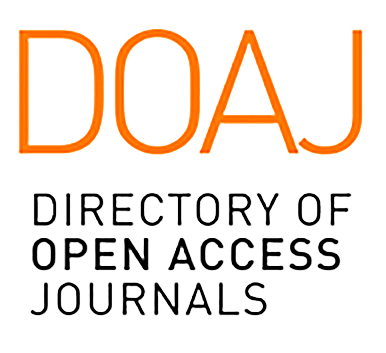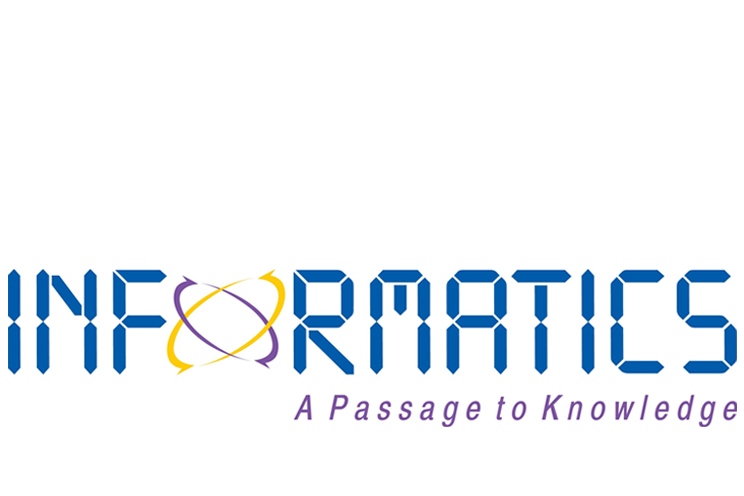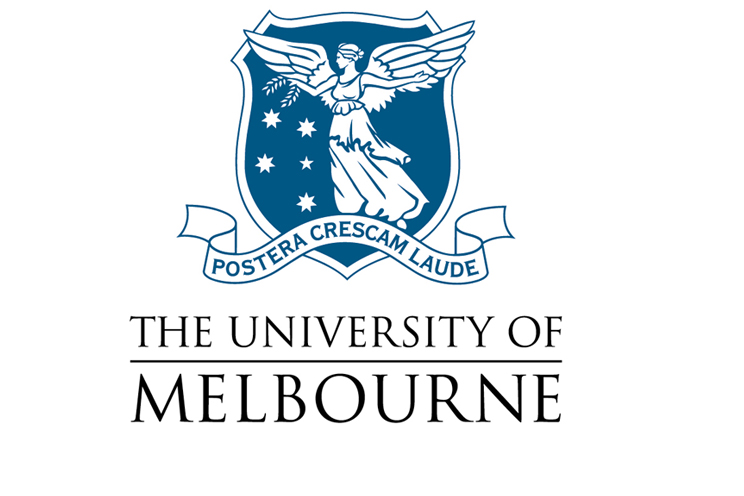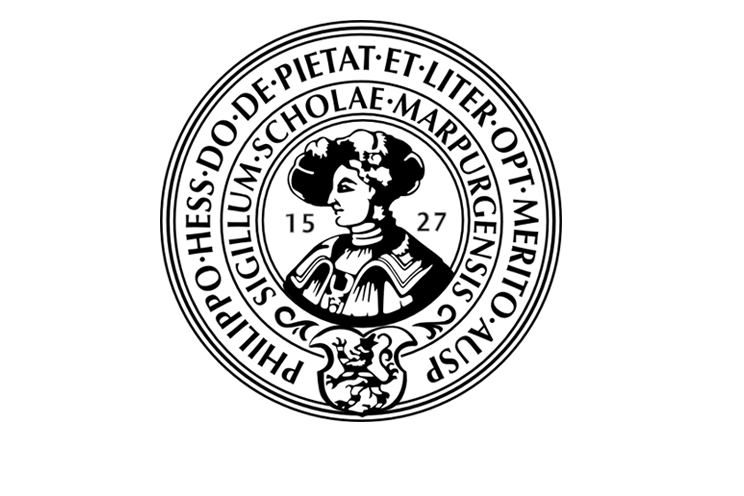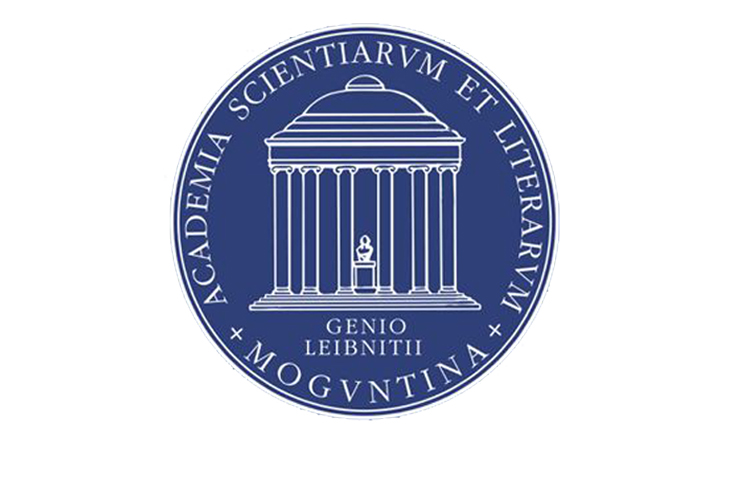Public Article
-
verified
Transformation of the State and Law in Iran after the Iranian Revolutionin 1979
ISSN: 2712 - 0651
Publisher: author
Transformation of the State and Law in Iran after the Iranian Revolutionin 1979
Indexed in
History and Archaeology
ARTICLE-FACTOR
1.3
Article Basics Score: 3
Article Transparency Score: 3
Article Operation Score: 2
Article Articles Score: 3
Article Accessibility Score: 2
SUBMIT PAPER ASK QUESTION
International Category Code (ICC):

ICC-0802
Publisher: Center For Research Of Modern And Contemporary History Of ..
International Journal Address (IAA):

IAA.ZONE/271292610651
eISSN
:
2712 - 0651
VALID
ISSN Validator
Abstract
With the overthrow of the regime of Reza Pahlavi in 1979, the Iranian revolution ended the existence of the 2,500-year-old Persian Empire and built the Islamic Republic of Iran on its foundations. The revolution was the product of three independent social structures that merged at one point. One was the structure of constitutionalism that grew out of a century-long struggle for democracy supported by modernists; the second was Islamism as a movement to set Sharia law as the primary law supported by rural elements in society in response to Western urban elites and accepted by merchants; and the third is the nationalist structure, driven by rage fueled by Iran's long subordination to European powers. The basic principle of the Islamic Republic of Iran, proclaimed by the new constitution from 1979, is the positioning of God as the supreme bearer of people's sovereignty and people who are only marginal representatives of his power on Eart...

